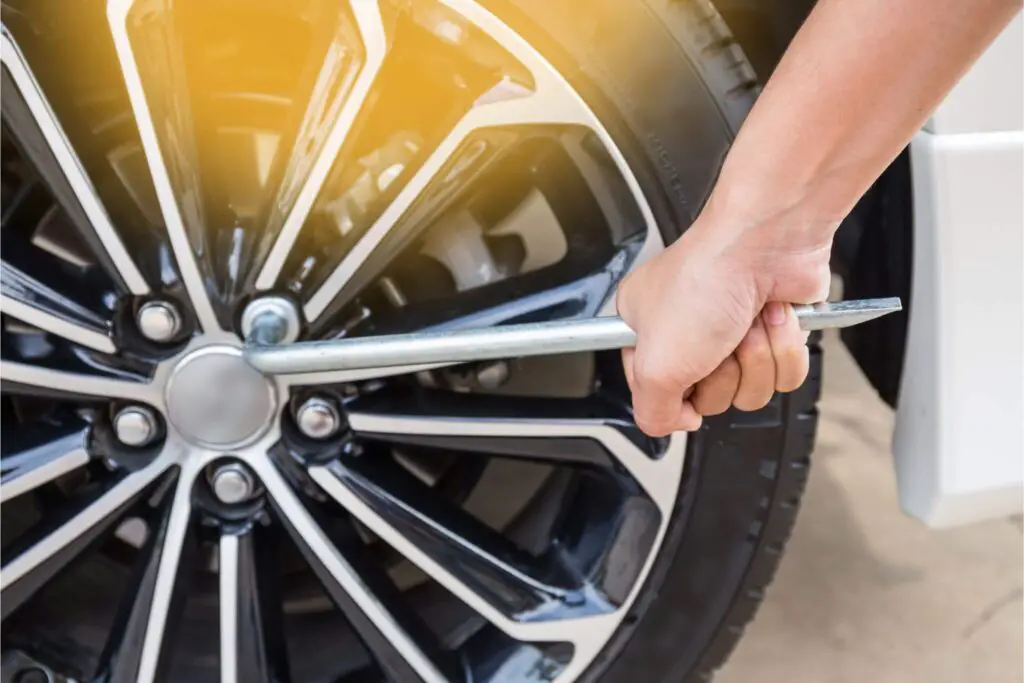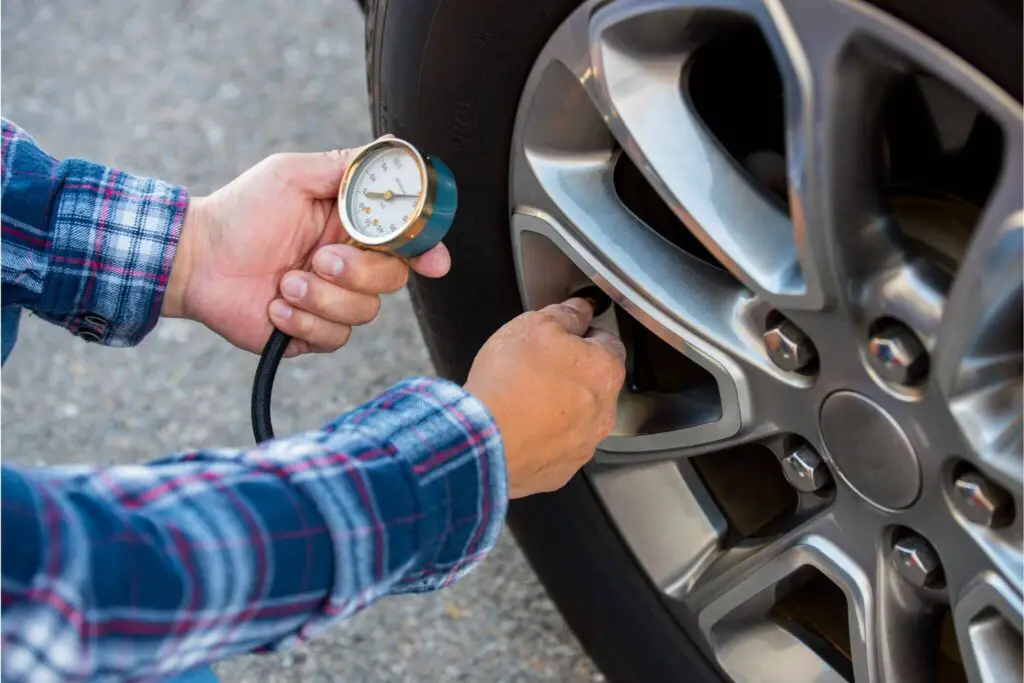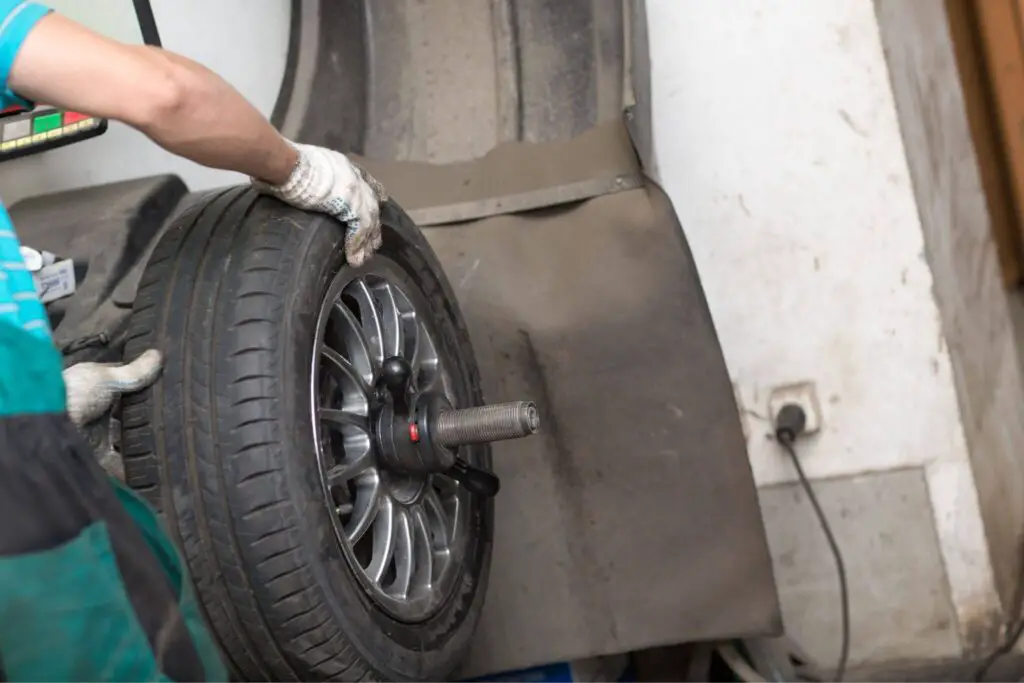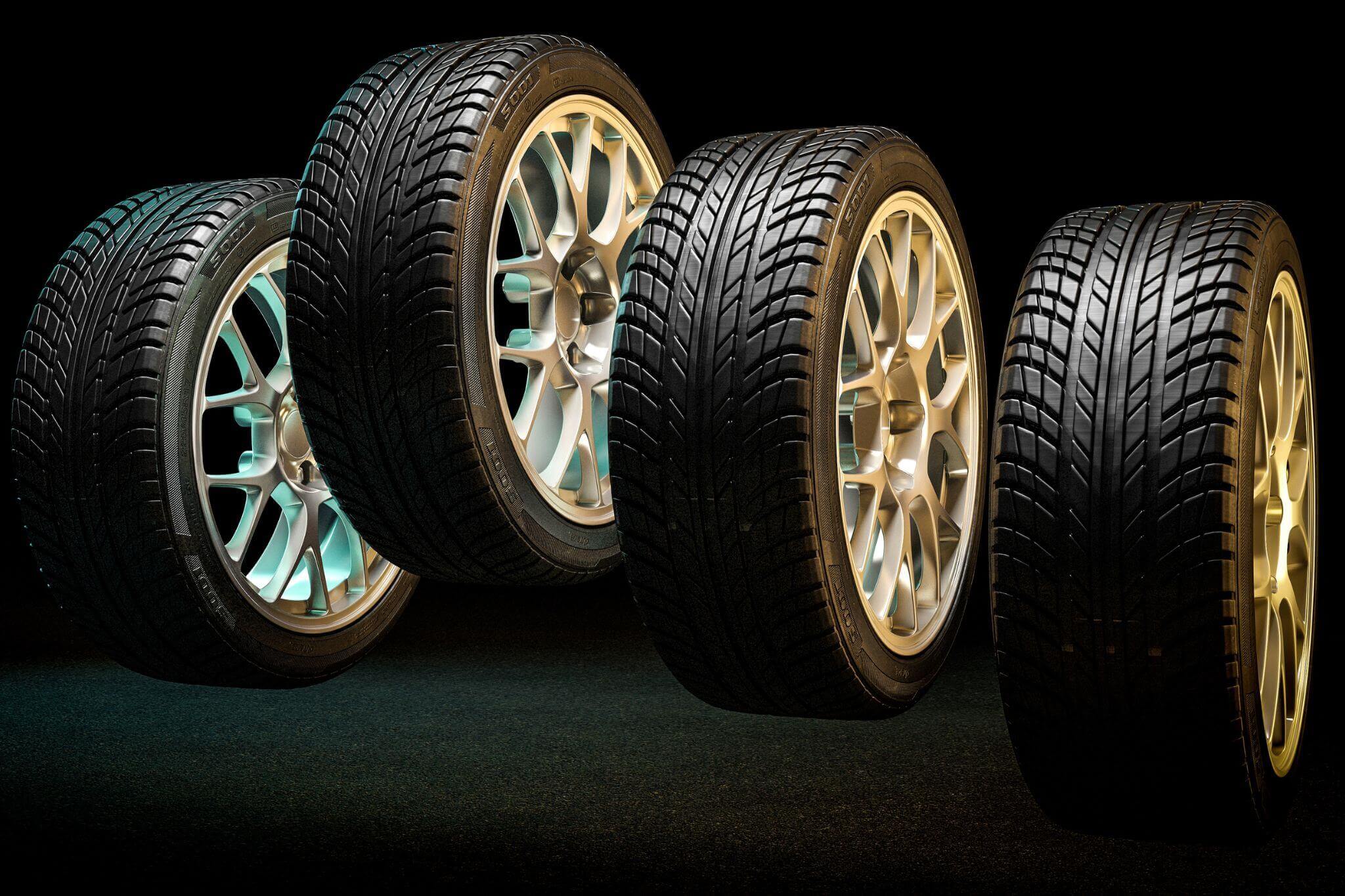There are lots of reasons that might warrant you to consider using a 235-sized tire on a 225-rim, it could be availability; it could be anything, but one pertinent question on the mind of such daring drivers looking to cut corners in such a situation has always been; can I put 235 tires on 225 rims? Will 235 tires fit 225 rim?
In this article, we’ll be diving deep into this topic and helping you get to the bottom of it. So, let’s get straight into it!
So, Can I put 235 tires on 225 rims? Yes, you can put 235 Tires on 225 rims, but experts have suggested against doing it since it could go against car insurance policies especially if something went wrong.
Fitting tires on their appropriate rims helps in fuel economy, adequate tire traction, and the overall safety of the car. If you feel you need to maneuver the sizes of tires on rims, it is best to seek the advice of seasoned professionals who can tell you the best way to go about it.
Trending Searches
How to remove a tire from the rim?


If you have gotten the go-ahead to put 235 tires on 225-rims, you might want to do it yourself to save some bucks. The steps listed below will help you get a tire off your rim as long as you follow them accordingly; however, ensure you get the right materials to pull it off.
Materials need
- A bottle or scissors jack (bottle jack is preferred)
- Jack stand(s)
- Valve core removal tool
- Lubricant/soap dish
Step 1: Ensure a safe working environment
If your car happens to break down in the middle of the road and you feel the work required to be done would need you to take off the tire from the rim, find a safe place to park on the shoulder of the road so as not to obstruct the flow of traffic.
However, if you intend to work at home in your garage; ensure you don’t have kids running around as it might be dangerous for them.
Once you are sure of your safety, ensure the tire is placed on a flat surface before going ahead and carrying out the next step.
Step 2: Take off the valve core from the affected tire(s)
Try and locate the air valve of the tire, it should look like a little rubber or metal spoke made to stick out from the tire. Once located, twist the cap of the valve in an anticlockwise manner to remove it.
The main valve itself can only be safely removed using a valve core removal tool.
Put the bottom of the removal tool inside the valve of the tire and twist it in an anticlockwise way to remove the valve core completely. Note that the valve core is responsible for holding the tire’s air; once removed, your tire will start deflating automatically.
Step 3: Separate the bead of the tire from the rim
Before separating the bead of the tire from the rim, you should have removed the affected tire or tire(s) from the wheel. For the sake of clarity, a bead of any tire is usually the braided edge that stays firmly fit against a rim.
To separate this part from the tire, a simple method would be to drive another car on the rubber part of the tire and try avoiding the rim in the process. This act will push down the rubber thereby forcing the tire bead away from the groove of the rim.
This process is usually more difficult to do especially with old tires, so you might have to repeat it a couple of times, and just so you know, the bead is usually the toughest part to separate from the rim.
Using a bottle jack
You can also use a bottle jack to separate the bead from the rim. To do this, raise your car on a bottle jack, slide the affected tire under the jack, then release the car to come on the rubber part of the tire. Do it carefully so your car doesn’t come crashing down.
Standing on the tire
To successfully stand on your tire to remove the rim, you will need to ensure the tire doesn’t slide over by putting it on a carpet or on another tire.
With the rim faced down, use your feet and step very hard on the tire rubber and ensure you begin from the front. You can also choose to kneel hard. This method keeps the rim very safe from scratches and other mayhem that can destroy the rim of the tire.
Using soap around the rim area
In some cases, if not most, tire rims are usually glued to the beads of tires by using certain glues, thereby, making it difficult to separate the beads from the rims.
To reduce the stress involved, you can use dish soap around the edge of the rim area having contact with the tire – a good dishwashing soap will do. You can also choose to use WD-40, tire lube, or cooking oil depending on what works best for you at the time.
Using a pry bar and a screwdriver
Starting on one side of the tire, press down the rubber and ensure it appears to be beneath the edge of the tire rim, then immediately slide in your Pry bar in the separated area then proceed to lift it till the bead appears above the rim.
Once this is achieved, fit in your screwdriver in the area where the bead appears above the rim – where your pry bar is placed in the tire, then use the screwdriver to go around the wheel bringing up the tire bead above the rim in the process.
It would be best if you got a very flat and hard screwdriver for this purpose as well as a very flat pry bar since they are less likely to leave your tire with any form of scratch.
On the opposite side of the tire, you would still have your ream stuck to the bead of your tire. To separate this part, drag up the rim away from the bead as much as you can then slide in your screwdriver and also place your pry bar alongside. Then glide your pry bar around the edges until your tire is completely free from the rim.
Note that you might need to apply soap or any lubricant on this side of the tire to make it easier, and if it still appears difficult, flip over the wheel or stand it up before using your pry bar at a different angle, then use a wooden mallet hit off the tire from the rim.
Using a saw or a knife
The last resort would be to forcefully remove the tire from the rim by cutting through the tire, but this method is only advisable if you have a use for the rubber. In doing this, ensure you avoid the metal rim as much as you can in other to keep it in good shape for a good tire.
How to make your tires last longer
Check your tire pressure regularly
Even if you don’t drive often, your tire pressure could reduce or increase depending on the climate.


A cold climate reduces tire pressure that’s why you need to regularly check the pressure of your tires to ensure they don’t fall below the recommended PSI.
Using tires below the recommended PSI could damage the thread of the tire thereby reducing its lifespan.
Rotate your tires
Uneven wear and tear in tires are common in cars due to their wheel design of two or four-wheel drives. Two-wheel drive vehicles will wear out faster than four-wheel drives, however, experts will always advise you to rotate your tires every 5000 miles.
Balance your wheels regularly


The time you use in rotating your tires can also be used to balance your wheels. Balancing your wheels helps in reducing or even eliminating vibrations and uneven tire wear. To balance your wheels, take your vehicle to an auto repair shop for the best result.
Frequently Asked Questions (FAQs)
Can I put different size tires on my rims?
Ideally, you shouldn’t, but you can get different sizes to fit your rims as long as the middle of those tires is the same as the rim in question. Vehicles having bigger rims will fit bigger tires easily.
Can you put wider tires on the same rim?
Based on expert opinion, it is considered safe to use tires that are at most 20 millimeters wider than the stock of rims. Tires expand 5 millimeters with every half-inch increase in the width of the rim.
How much difference in tire size is acceptable?
Experts have recommended using within 3% of the height and diameter of the tire. Anything exceeding this could lead to brake failure.
Does a wider tire give a better ride?
Generally, wider tires are ideal for high-performance vehicles as well as dry surfaces. It also improves durability and overall traction.
Can I put 235 tires on 225 rims – Conclusion
Using the right tires for your vehicle would help your tires last longer and also guarantee a good and comfortable ride.
However, if you intend on using or trying something different, it would do you well to seek the advice of a professional so you don’t endanger yourself when driving. Kindly drop your comments and suggestions in the comment section. Cheers
This post contains affiliate links. Read the full disclosure here.


I am passionate about all things automotive and have a deep understanding of the topic. As a mechanic, I use my free time to share knowledge of everyday challenges that any car owner can experience – helping you make informed decisions about tires.

